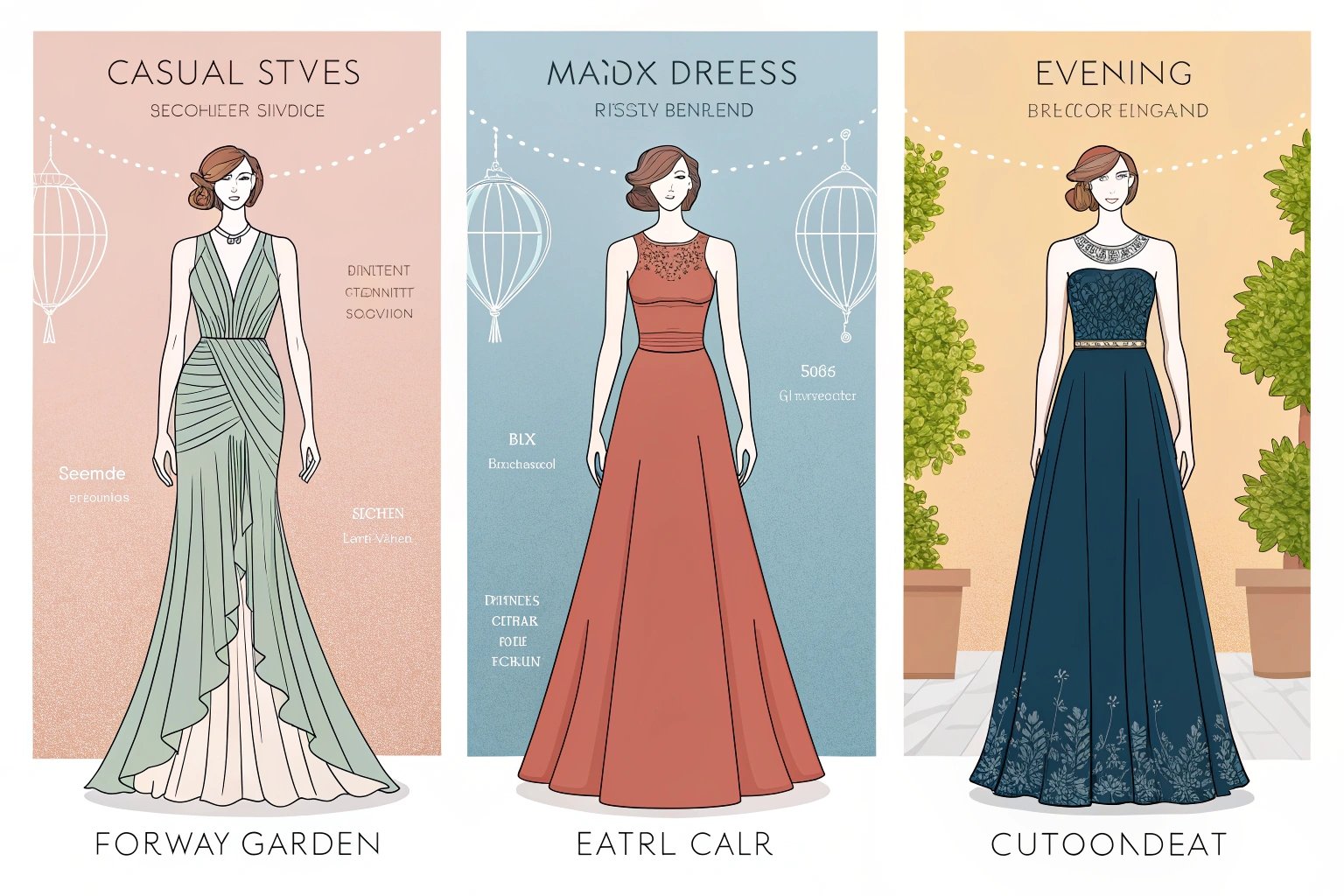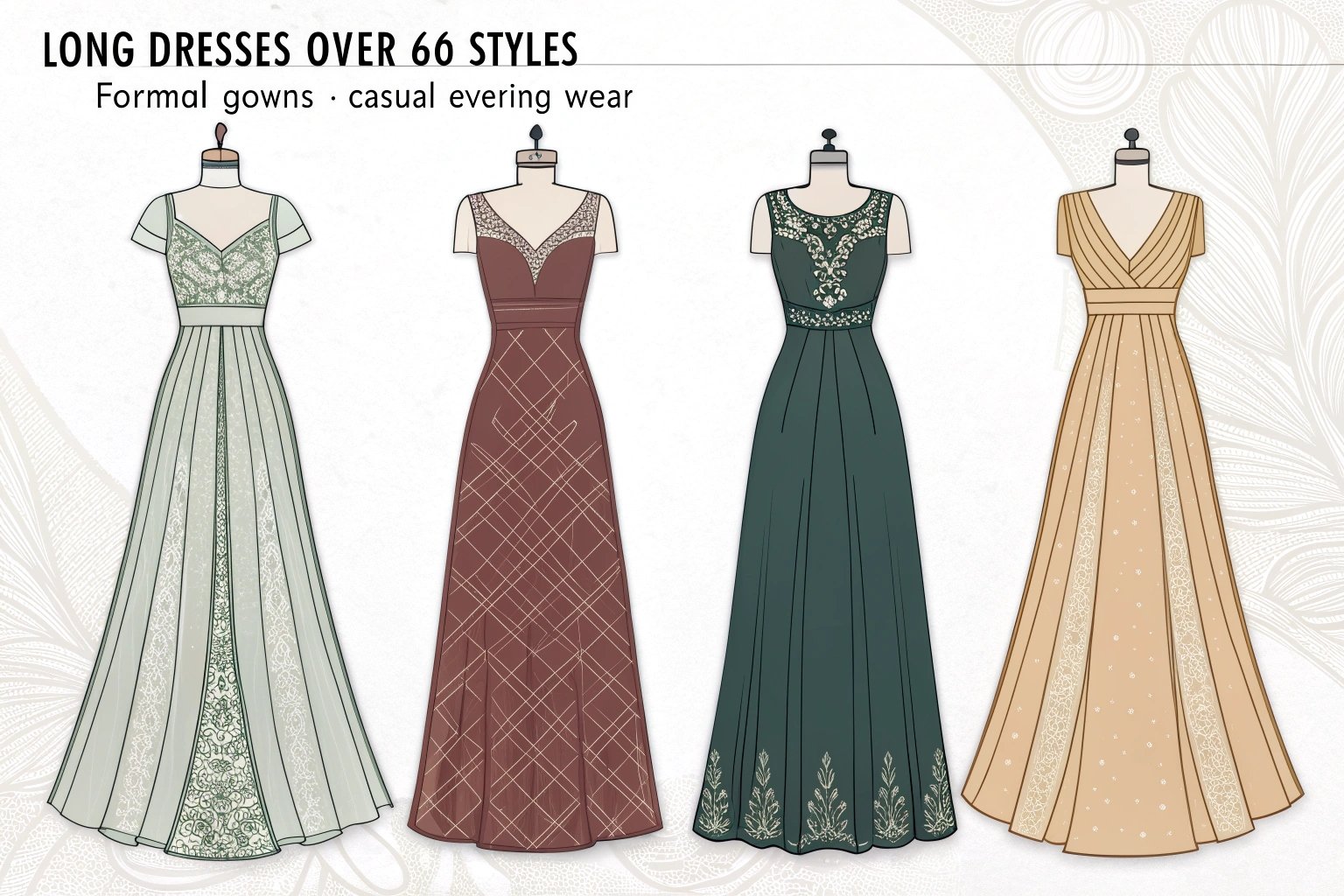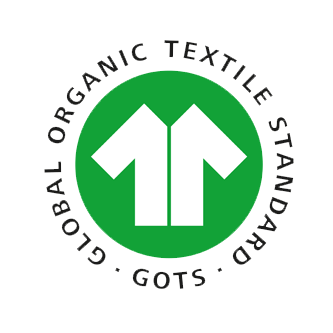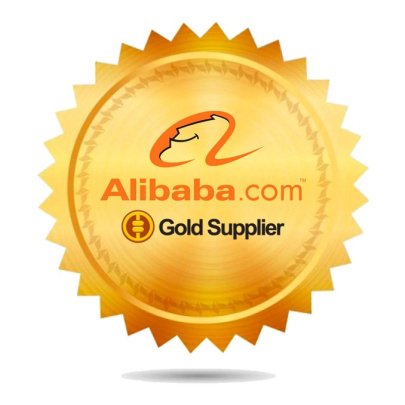Starting a clothing line or creating your own designs can be exciting, but many entrepreneurs face the question of whether it’s cheaper to make their own clothes with a low MOQ (Minimum Order Quantity) manufacturer or buy ready-made items wholesale. While low MOQ manufacturers offer flexibility and small batch production1, the costs involved in producing your own clothes can vary. Let’s break down whether it’s cheaper to go down the low MOQ path and what factors to consider.
Working with a low MOQ clothing manufacturer can offer flexibility and customization for small businesses, but it’s not always cheaper than buying wholesale. The cost-effectiveness depends on production volume, materials, and the complexity of your designs.
Transition paragraph: Let’s take a deeper look at what it means to work with low MOQ manufacturers, how it compares to buying wholesale, and how costs are impacted in each scenario.
What Does It Mean to Make Your Own Clothes with a Low MOQ Clothing Manufacturer?
Manufacturing your own clothes with a low MOQ means working with manufacturers who are willing to produce a small number of units, typically fewer than traditional bulk order requirements. This option allows entrepreneurs to create customized products without committing to large production runs.
A low MOQ clothing manufacturer allows you to produce custom designs in smaller quantities, providing the flexibility to test different styles, sizes, and designs without committing to large inventory orders.
 Garment Factory Workers
Garment Factory Workers
How Do Low MOQ Clothing Manufacturers Help Small Businesses?
Low MOQ manufacturers are a boon for small businesses because they reduce the need for large upfront investment2s. Small businesses can place smaller orders that allow them to test their designs in the market before making larger, riskier commitments.
This enables them to better manage cash flow, minimize inventory risk, and avoid overstocking items that may not sell. Additionally, low MOQ production allows businesses to maintain a level of flexibility, adapting quickly to market trends and customer demands.
What Are the Benefits of Low MOQ for Starting Your Own Clothing Line?
Low MOQ is particularly beneficial when starting your own clothing line because it helps minimize risk and reduce costs. Key benefits include:
- Reduced Upfront Investment: Starting with small quantities means you don’t need to spend large amounts of capital upfront.
- Flexibility to Experiment: Small orders allow you to experiment with different fabrics, styles, and sizes to gauge customer preferences.
- Risk Management: You can test market demand without worrying about unsold stock sitting in a warehouse.
| Benefit | Explanation |
|---|---|
| Reduced Upfront Investment | Small initial orders allow for less financial risk. |
| Flexibility | Experiment with different designs and track customer feedback. |
| Risk Management | Avoid committing to large quantities that may not sell. |
Is It Cheaper to Manufacture Your Own Clothes Than Buying Wholesale?
A common question is whether manufacturing your own clothes with low MOQ is cheaper than buying wholesale ready-made garments. The answer largely depends on production volume3, material costs, and customization needs.
Manufacturing clothes with low MOQ can be more expensive than buying wholesale, particularly if you’re producing small batches or using premium materials. However, low MOQ production offers customization options that wholesale garments cannot provide.
How Do Production Costs Compare Between Manufacturing and Buying Ready-Made Clothing?
When comparing costs, manufacturing your own clothes generally involves higher production costs per unit, especially for small runs. Manufacturing includes:
- Fabric and Material Costs: Cost varies based on fabric choice, which might be higher when sourcing small amounts.
- Labor Costs: Manufacturers will charge more for small orders as the labor cost per garment increases with smaller batches.
- Customization: If you’re opting for unique designs, embroidery, or custom patterns, these costs can increase the overall price per unit.
In contrast, buying ready-made wholesale clothing usually involves lower per-unit costs due to bulk production and pre-made garments, although these may not offer the same degree of customization.
| Aspect | Manufacturing Your Own Clothes | Buying Wholesale Clothes |
|---|---|---|
| Production Cost | Higher per unit due to small runs | Lower per unit due to bulk production4 |
| Material & Labor Costs | Varies with design and materials | Fixed costs for pre-made garments |
| Customization | Fully customizable | Limited to available styles |
What Are the Hidden Costs of Making Your Own Clothes?
While manufacturing offers flexibility, there are hidden costs that can increase the overall price:
- Sampling and Setup Fees: Manufacturers may charge additional fees for sample production, pattern-making, and setup costs for custom designs.
- Shipping & Logistics: Smaller orders tend to incur higher shipping costs per unit, especially if you’re ordering internationally.
- Storage Costs: If you don’t have a well-established distribution process, storing unsold inventory can be an added expense.
These factors can add up quickly, making it important to consider the full scope of costs when deciding whether to manufacture your own clothes or buy wholesale.
How Do Low MOQ Manufacturers Impact the Cost of Clothing Production?
Low MOQ manufacturers typically offer more flexibility in terms of order volume but at a higher per-unit price compared to bulk orders. The costs per item in low MOQ manufacturing can often be higher due to the smaller quantities and setup costs involved.
While low MOQ manufacturers offer flexibility for smaller orders, the price per unit tends to be higher compared to high MOQ orders. However, the ability to test designs and adjust orders is valuable for small businesses.

What Are the Price Differences Between High MOQ and Low MOQ Orders?
High MOQ orders benefit from economies of scale, where the price per unit decreases as the volume of the order increases. In contrast, low MOQ orders carry a higher cost per unit due to the higher setup and labor costs for smaller production runs.
- High MOQ: Lower cost per unit, as manufacturers benefit from bulk production and can optimize labor.
- Low MOQ: Higher cost per unit, with manufacturers incurring additional setup fees and labor costs due to small runs.
| MOQ Level | Cost per Unit | Reason |
|---|---|---|
| High MOQ | Lower | Bulk production reduces setup and labor costs. |
| Low MOQ | Higher | Smaller production runs increase per-unit costs. |
How Do Material Selection and Design Complexity Affect Costs?
Material selection and design complexity can significantly affect production costs, particularly in low MOQ scenarios. Premium fabrics, unique finishes, or intricate designs increase production time and material costs, making each item more expensive to produce.
In contrast, simpler designs and standard fabrics reduce manufacturing time and cost, making them more affordable even for small runs.
| Factor | Impact on Cost |
|---|---|
| Material Quality | Higher-quality fabrics increase costs, especially in low MOQ. |
| Design Complexity | Intricate designs or customizations increase per-unit costs. |
What Are the Advantages of Working with Low MOQ Clothing Manufacturers?
Low MOQ manufacturers offer significant benefits for small businesses, especially those just starting out or testing new designs. These manufacturers give you the opportunity to produce small batches without the need for large financial investments.
Working with low MOQ clothing manufacturers allows businesses to reduce financial risk, test market demand, and maintain flexibility in their designs. These benefits are crucial for new businesses that want to grow gradually without committing to large production orders.
How Can You Test the Market with Smaller Orders and Save on Initial Investment?
By placing smaller orders with low MOQ manufacturers, you can test different styles, colors, and sizes to see what resonates with your target audience. This allows you to gauge market demand before committing to larger orders, helping to avoid the risk of overstocking unsold products.
This approach provides a valuable opportunity for businesses to learn and adapt without incurring high upfront costs.
| Strategy | Explanation |
|---|---|
| Test Market Demand | Small orders allow you to try different designs without large financial risk. |
| Adjust Based on Feedback | Adjust product offerings based on customer preferences. |
What Flexibility Do Low MOQ Manufacturers Offer for Customization?
Low MOQ manufacturers typically offer greater flexibility when it comes to customization. Since they produce smaller batches, they are often willing to accommodate custom designs5, specific color choices, or unique fabrics, allowing you to create a truly personalized product line.
This level of customization helps small businesses differentiate themselves in the market, offering products that cater to a niche audience.
How Can You Minimize Costs When Working with Low MOQ Clothing Manufacturers?
While low MOQ offers flexibility, it’s important to find strategies that help you minimize costs while working with these manufacturers. Negotiation, material selection, and efficient design can help reduce the overall cost.
Negotiation strategies and efficient production planning can help keep costs low when working with low MOQ clothing manufacturers. Focus on smart material selection6 and simple designs to optimize expenses without compromising quality.

How Do Negotiation Strategies Help You Reduce Costs with Manufacturers?
Effective negotiation can help you secure better prices even for low MOQ orders. Some strategies include:
- Requesting Discounts for Future Orders: Manufacturers may offer price reductions if you commit to future orders, even if the first batch is small.
- Streamlining Designs: Choose simpler designs that require less labor and materials, reducing overall production costs.
- Discussing Payment Terms: Negotiating payment terms, such as extended payment deadlines, can help manage cash flow while reducing financial pressure.
What Are the Best Practices to Control Expenses Without Sacrificing Quality?
- Choose Cost-Effective Materials: Opt for materials that offer quality without driving up costs. Use synthetic blends or less expensive alternatives when possible.
- Simplify Designs: Avoid overly complex designs that increase production time and cost. Start with simpler products and gradually introduce more complexity as your brand grows.
- Establish Clear Communication: Work closely with manufacturers to ensure they understand your cost constraints and focus on efficiency during production.
What Are the Potential Challenges When Making Your Own Clothes?
While the benefits are clear, making your own clothes also comes with its challenges, such as long lead times, shipping costs, and the complexity of managing small order quantities.
The challenges of making your own clothes include longer lead times, higher shipping costs for small orders, and the pressure of maintaining competitive pricing while managing smaller production runs.
How Do Lead Times and Shipping Costs Affect the Overall Cost of Manufacturing?
Lead times for small orders may be longer compared to bulk production4, which could delay the time to market. Shipping costs also tend to be higher for low MOQ orders since you’re not benefiting from bulk shipping rates. These added expenses need to be accounted for when calculating the true cost of manufacturing.
How Can Small Order Quantities Affect Your Pricing and Profit Margins?
Small order quantities typically lead to higher costs per unit, which can negatively affect your pricing strategy and profit margins. In order to remain competitive, you may need to charge higher prices, which could limit your customer base, especially if you’re targeting price-sensitive segments.
| Challenge | Potential Impact |
|---|---|
| Lead Times | Longer production and shipping times delay product launch. |
| Shipping Costs | Higher shipping costs per unit when ordering in small quantities. |
| Profit Margins | Higher unit costs for small orders can reduce profitability. |
Conclusion
Making your own clothes with a low MOQ clothing manufacturer can be a cost-effective solution for small businesses looking to test the market, customize designs, and reduce inventory risk7. However, it’s important to weigh the hidden costs and challenges involved, such as higher per-unit costs, longer lead times, and shipping expenses. By carefully managing these factors and negotiating effectively with manufacturers, small businesses can find a balance between flexibility and cost-efficiency.
-
Discover the benefits of small batch production for testing market demand. ↩
-
Understand how minimizing upfront costs can help new businesses thrive. ↩
-
Understand how production volume can affect your overall costs. ↩
-
Discover the benefits of bulk production for reducing costs. ↩ ↩
-
Learn about the cost implications of creating custom designs for your clothing line. ↩
-
Explore how choosing the right materials can influence production costs. ↩
-
Learn how to manage inventory effectively to avoid overstocking. ↩









